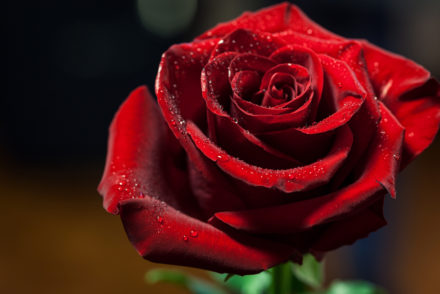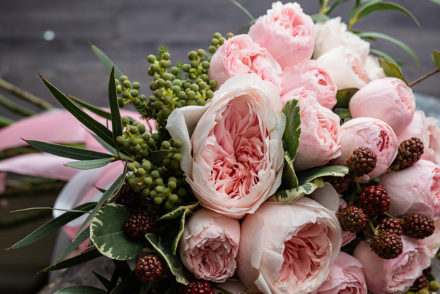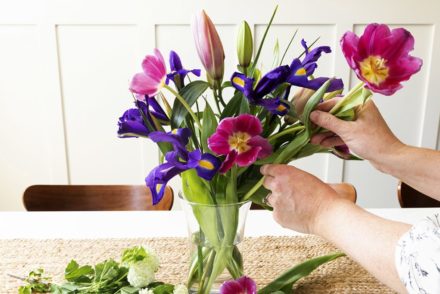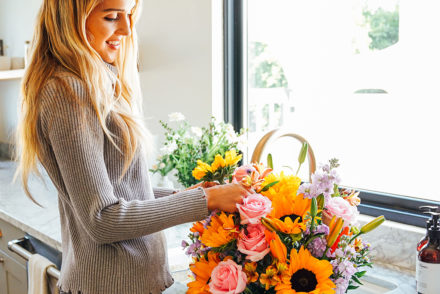Top 10 Most Popular Flowers
Flowers are the magic that God has performed to make this planet look beautiful and to give it a touch of heaven. With vibrant colours and lots of different shapes, there are thousands of varieties of flowers in the world. And one may never be able to see all the different flowers in a single life term. But, what you can do is to witness the beauty of the most popular flowers and also to have them in your garden till you are alive.
Just like m
any other things, humans' eyes get attracted towards some flowers more than others, and that's what makes those flowers the most popular flowers. It is the beauty of flowers that people use them as a token of love and as a present when visiting someone who is feeling unwell. From expressing feelings to bring positivity in life, flowers can do a whole lot of wonders.
Okay! Okay!

We know you are here because you adore flowers so without an extra glitch in time, here are the top ten most popular flowers.
Rose
No doubt that roses are amongst the most popular flowers. They are available in different colours. A red rose flower is most commonly used to denote love and romance.

Tulip
Tulips are large and distinctive flowers that are initially cultivated by the Turks. Tulip flower is considered as the symbol of the Ottoman Empire by Europeans.

Sunflower
Sunflower is popular as it is easy to grow and also used for human consumption on a considerable level. It symbolizes loyalty as it always keeps its face towards the Sun.

Daffodil
A representative of regard and respect, Daffodils are native to Asia, North America, and Europe. And there are about more than a hundred species of Daffodils.

Marigold
Marigold is famous for its thick and lush foliage, and its beauty make and name led it amongst our list of most popular flowers. Marigold also has spiritual significance!

Daisy
Daisy is easily found around the planet, and people also call it the cousin of the sunflower. Their beauty makes them a favourite pick as a home garden flower.

Orchid
The flower orchid belongs to a huge family of flowers and has blooms which are colourful and fragrant. These flowers are known to symbolize large families, particularly families with many children.

Carnations
Carnations are the most popular flowers and also the most commonly used flower for the bouquets. And they are most used for Mother's Day celebrations!

Gerberas
Gerbera generates its beauty from a wide capitulum with outstanding two-lipped ray florets. It symbolizes innocence and purity.

Jasmine
Apart from being one of the most popular flowers, Jasmine is a national flower of Indonesia. The scent of jasmine is highly used in deodorants and soaps around the world.






































